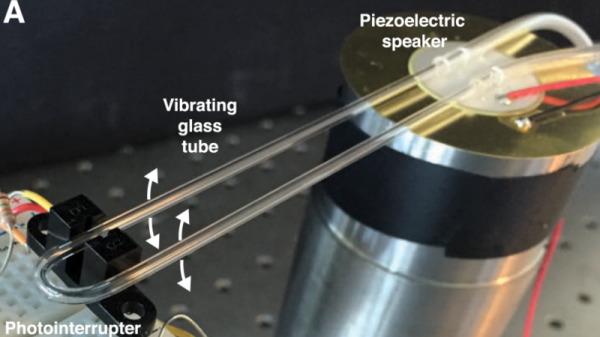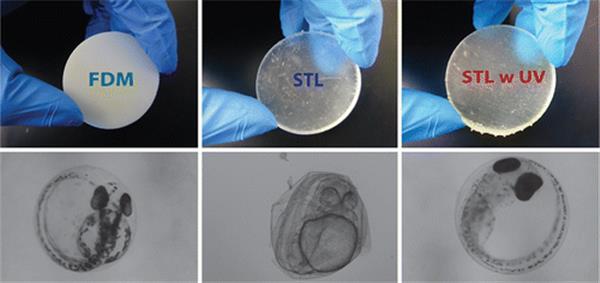Larval zebrafish, Drosophila (fruit fly), and Caenorhabditis elegans (roundworm) have become key model organisms in modern neuroscience due to their low maintenance costs and easy sharing of genetic strains across labs. However, the purchase of a commercial solution for experiments using these organisms can be quite costly. Enter FlyPi: a low-cost and modular open-source alternative to commercially available options for optogenetic experimentation.
One of the things that larval zebrafish, fruit flies, and roundworms have in common is that scientists can monitor them individually or in groups in a behavioural arena while controlling the activity of select neurons using optogenetic (light-based) or thermogenetic (heat-based) tools.
FlyPi is based on a 3D-printed mainframe, a Raspberry Pi computer, and a high-definition camera system supplemented by Arduino-based optical and thermal control circuits. FlyPi features optional modules for LED-based fluorescence microscopy and optogenetic stimulation as well as a Peltier-based temperature simulator for thermogenetics. The complete version with all modules costs approximately €200 with a layman’s purchasing habits, but for those of us who live on the dark side of eBay or the depths of Taobao, it shouldn’t cost more than €100.
Once assembled, all of the functions of FlyPi can be controlled through a graphical user interface. As an example for how FlyPi can be used, the authors of the paper document its use in a series of “state-of-the-art neurogenetics experiments”, so go check out the recently published open access paper on PLOS. Everything considered the authors hope that the low cost and modular nature, as well as the fully open design of FlyPi, will make it a widely used tool in a range of applications, from the classroom all the way to research labs. Need more lab equipment hacks? Don’t worry, we’ve got you covered. And while you’re at it, why not take a spin with the RWXBioFuge.














